R-11 Zemlya
Dan Fallon (phreaddee)
May 2025

Sub Orbital spaceflight
A sub-orbital spaceflight is a spaceflight in which the spacecraft reaches outer space, but its trajectory intersects the atmosphere or surface of the gravitating body from which it was launched, so that it will not complete one orbital revolution (it does not become an artificial satellite) or reach escape velocity.
For example, the path of an object launched from Earth that reaches the Kármán line (at 100 km (62 mi) above sea level), and then falls back to Earth, is considered a sub-orbital spaceflight. Some sub-orbital flights have been undertaken to test spacecraft and launch vehicles later intended for orbital spaceflight. Other vehicles are specifically designed only for sub-orbital flight; examples include crewed vehicles, such as the X-15 and SpaceShipOne, and uncrewed ones, such as ICBMs and sounding rockets.
Flights which attain sufficient velocity to go into low Earth orbit, and then de-orbit before completing their first full orbit, are not considered sub-orbital. Examples of this include Yuri Gagarin’s Vostok 1
Sounding Rockets
A sounding rocket is an instrument-carrying rocket designed to take measurements and perform scientific experiments during its sub-orbital flight. The rockets are used to launch instruments from 48 to 145 km (30 to 90 miles) above the surface of the Earth, the altitude generally between weather balloons and satellites; the maximum altitude for balloons is about 40 km (25 miles) and the minimum for satellites is approximately 121 km (75 miles). Certain sounding rockets have an apogee between 1,000 and 1,500 km (620 and 930 miles), such as the Black Brant X and XII, which is the maximum apogee of their class.
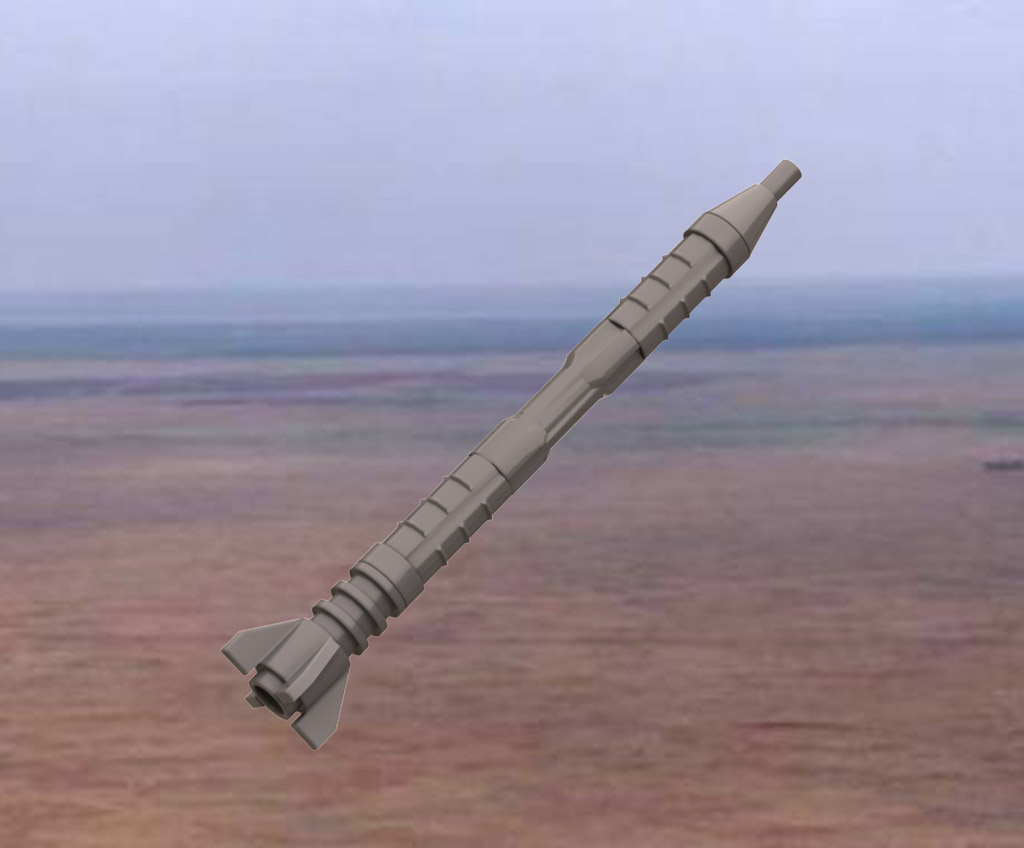
Dan Fallon (phreaddee)
May 2025
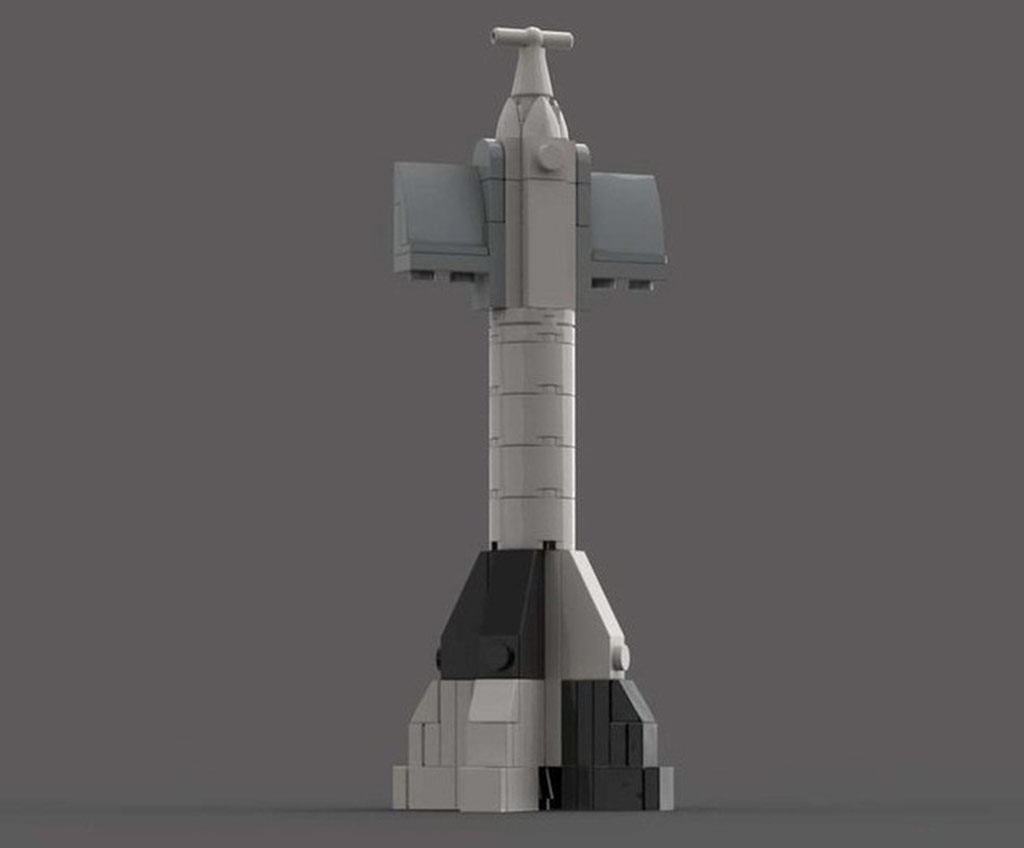
Dante Martinez (ComanDante)
January 2025
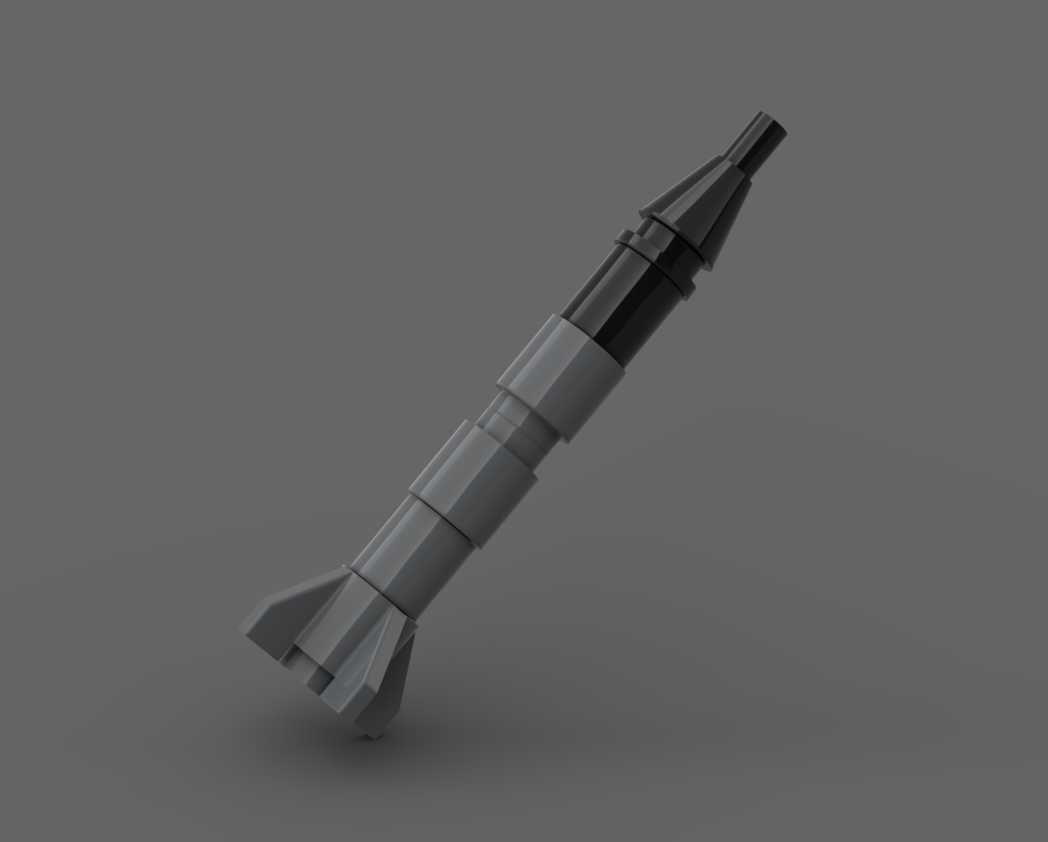
Dan Fallon (phreaddee)
January 2025
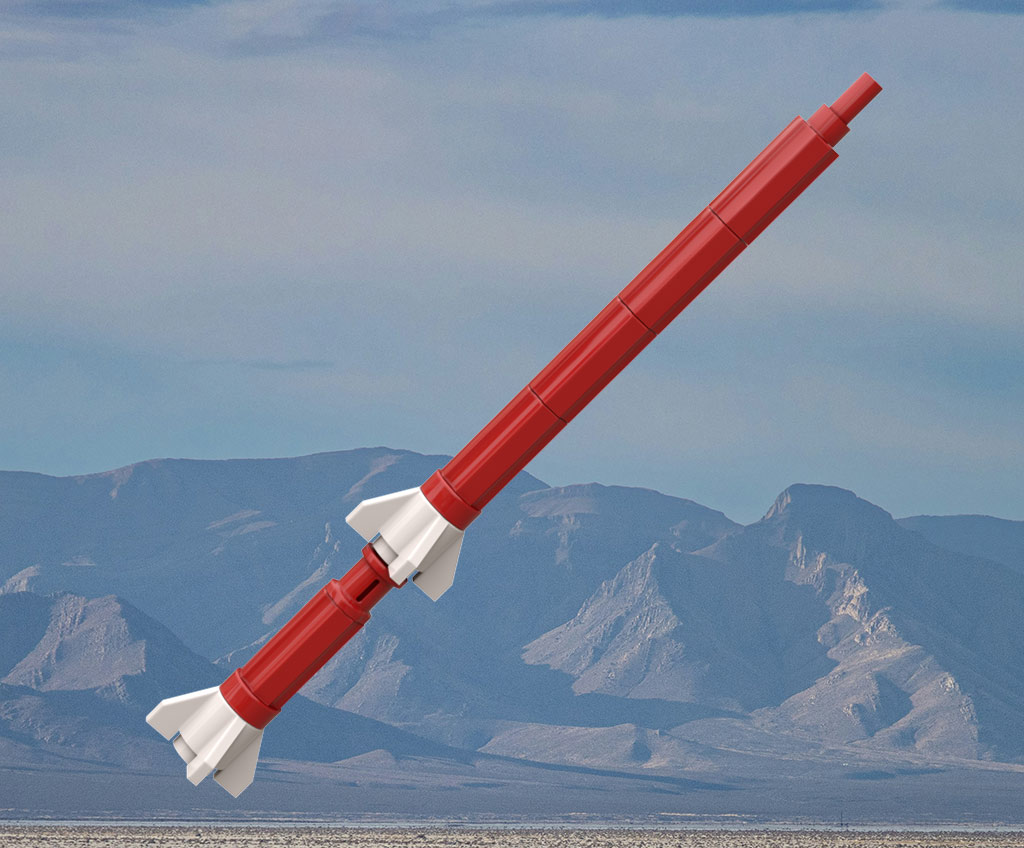
Dan Fallon (phreaddee)
May 2024
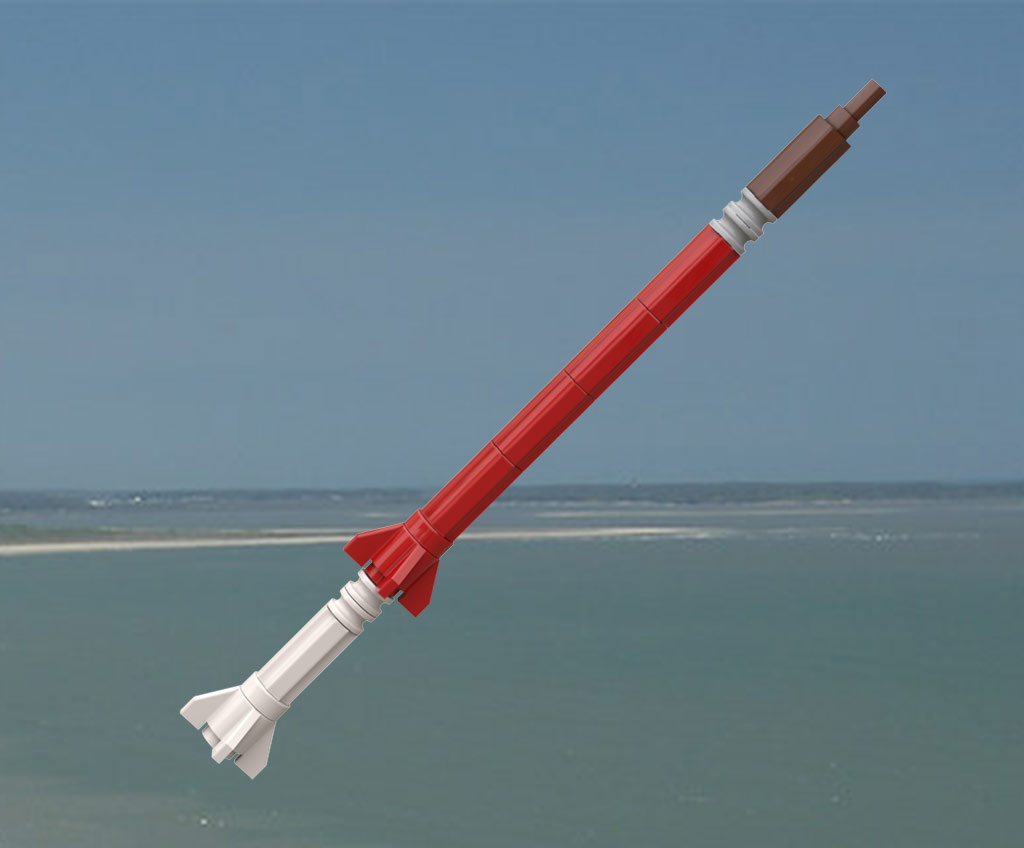
Dan Fallon (phreaddee)
May 2024
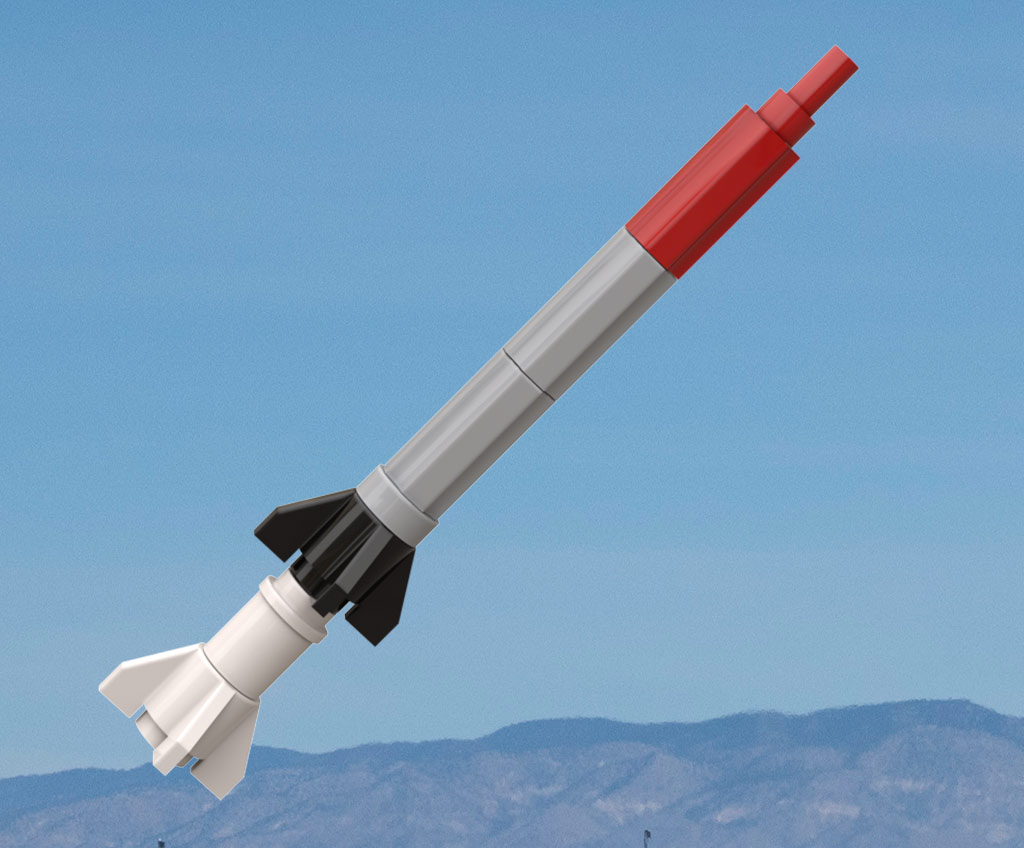
Dan Fallon (phreaddee)
May 2024
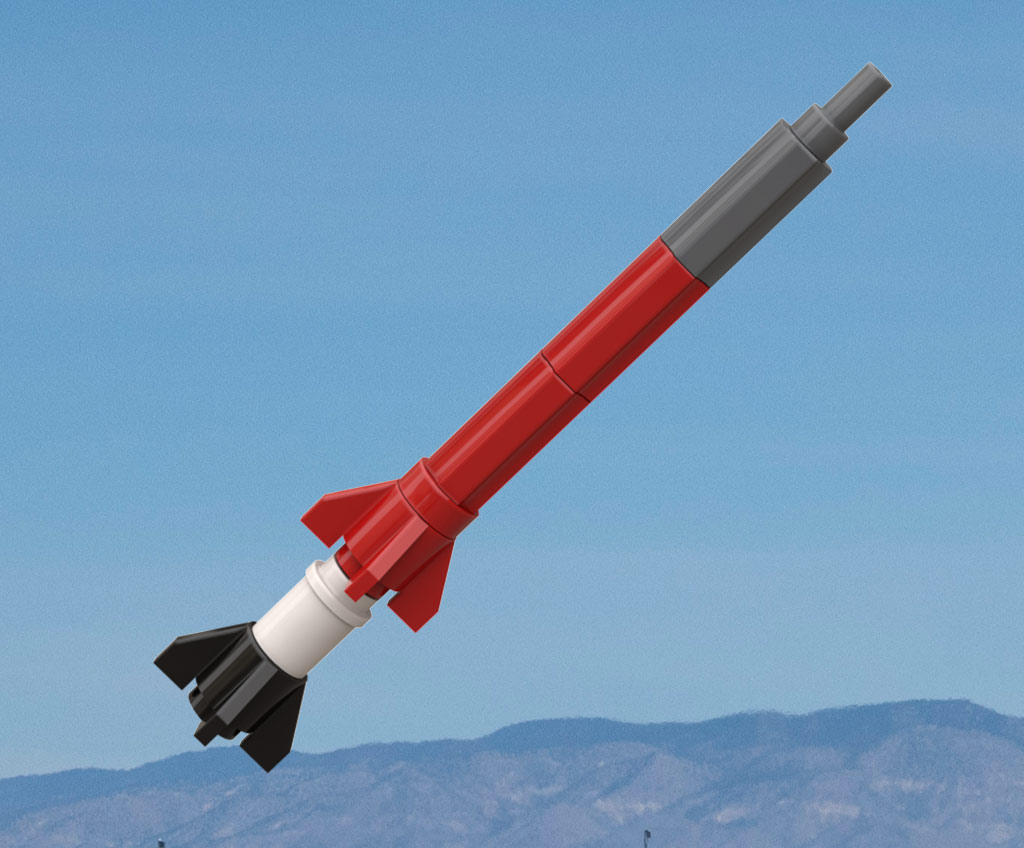
Dan Fallon (phreaddee)
May 2024
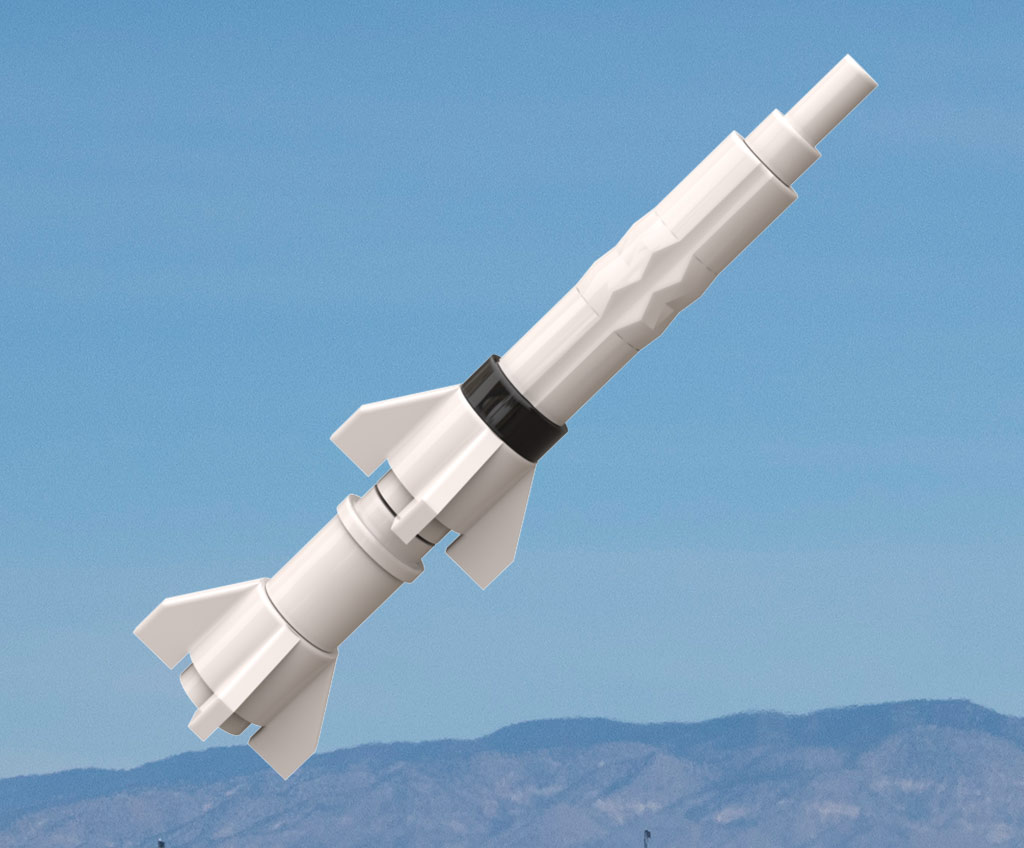
Dan Fallon (phreaddee)
May 2024
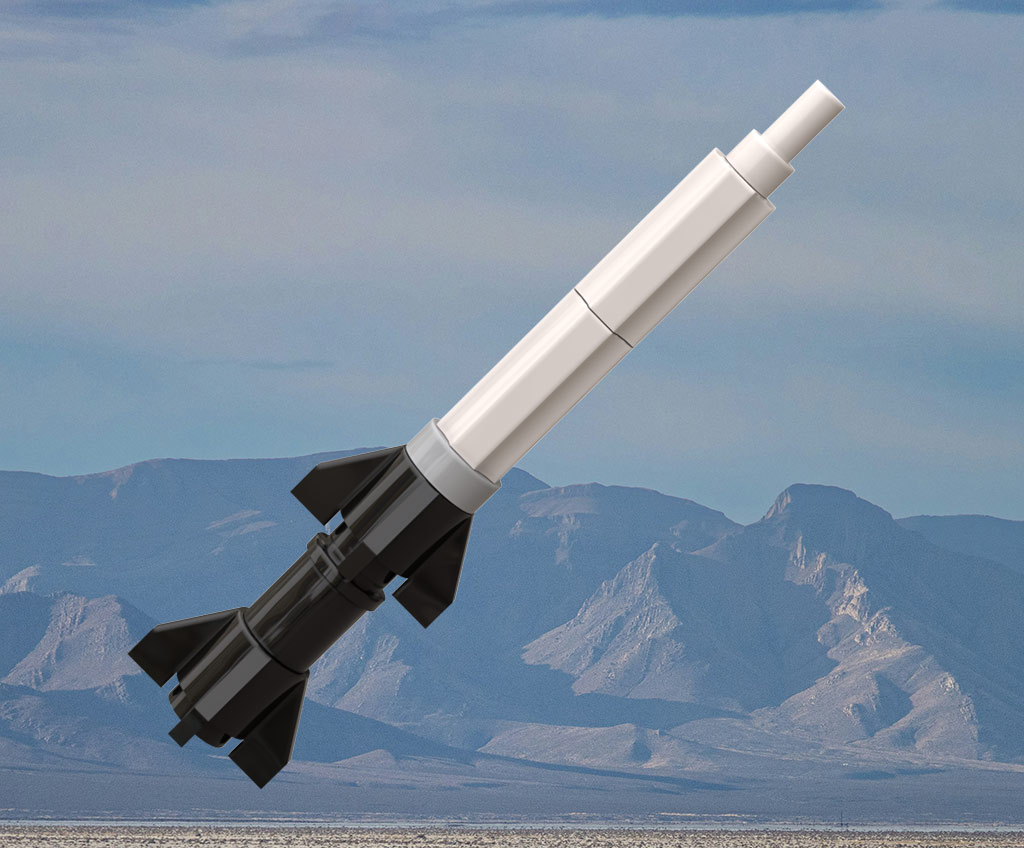
Dan Fallon (phreaddee)
May 2024
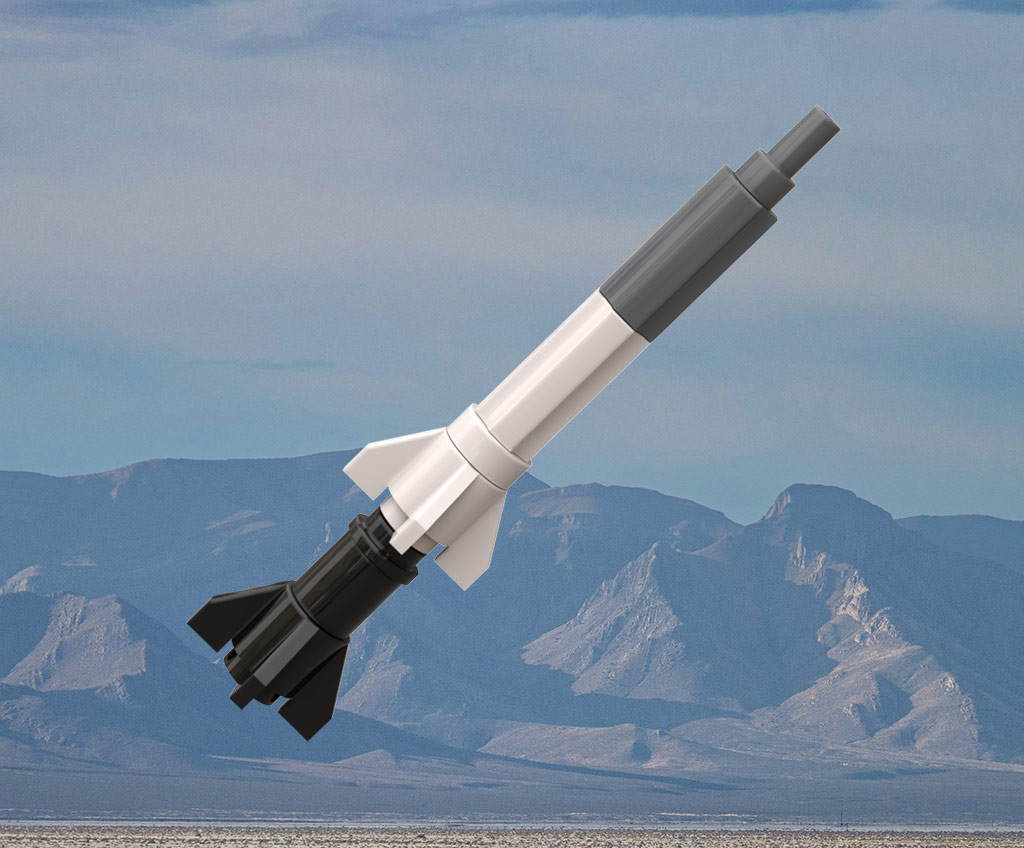
Dan Fallon (phreaddee)
May 2024

Dan Fallon (phreaddee)
March 2024
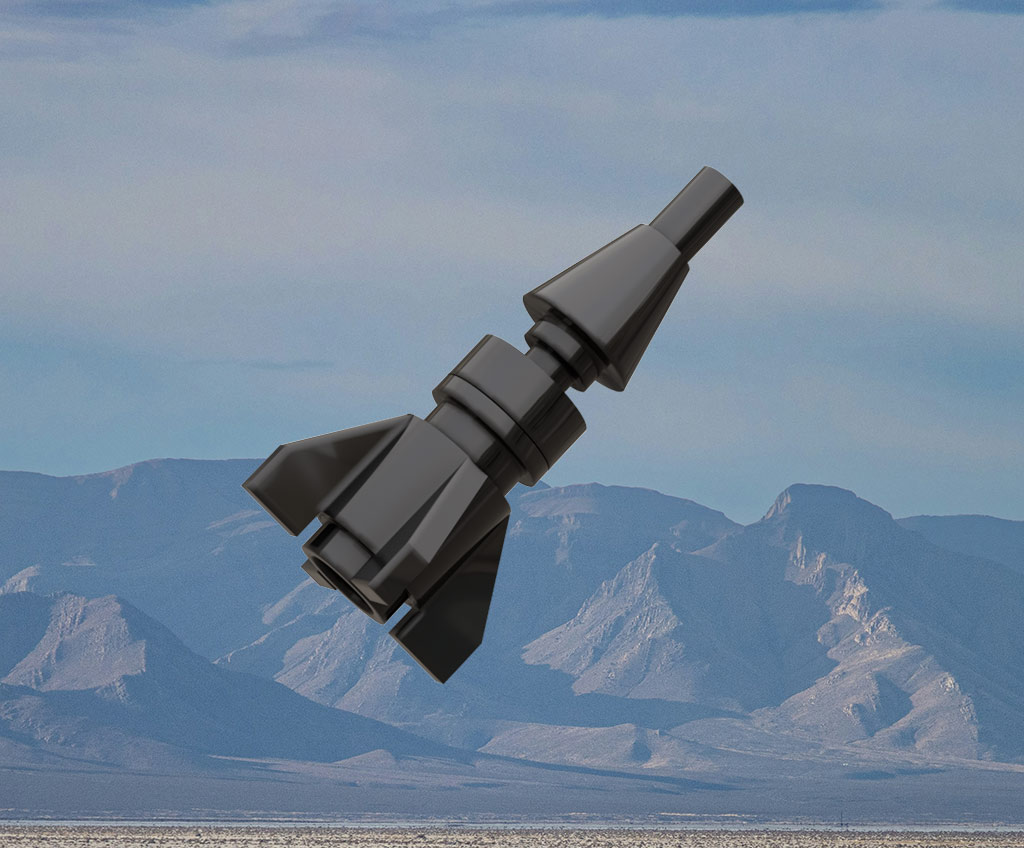
Dan Fallon (phreaddee)
March 2024
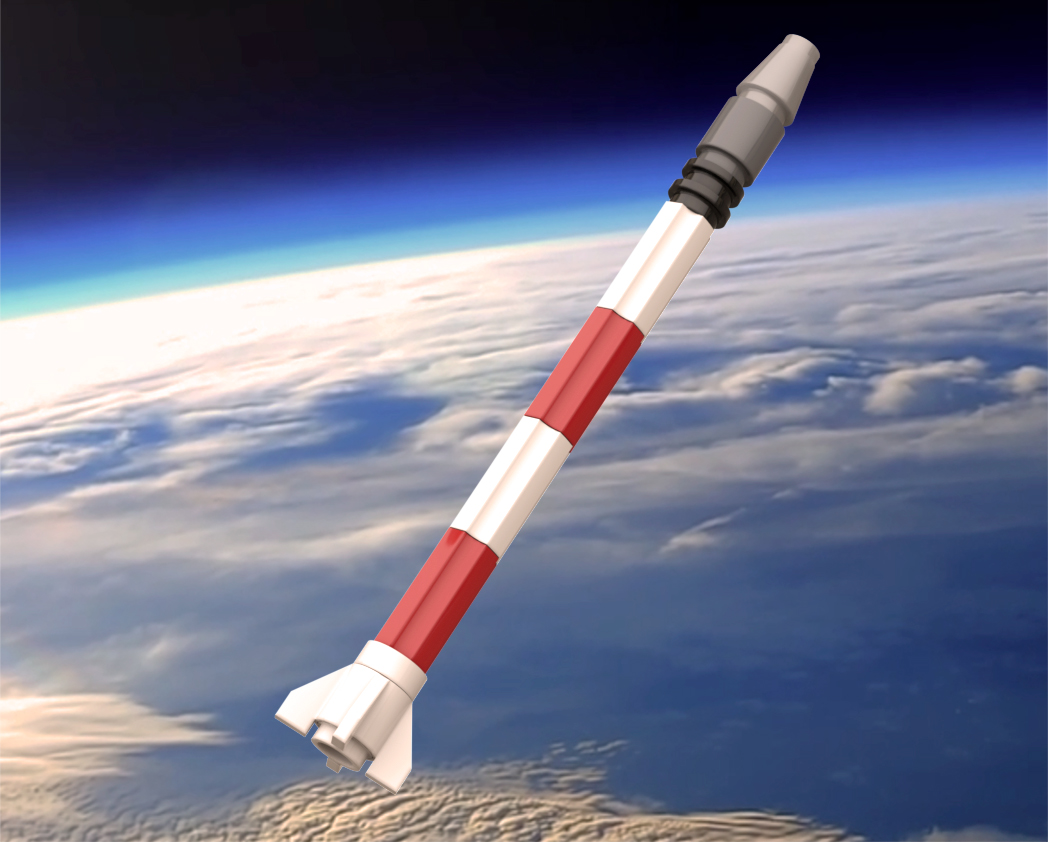
Dan Fallon (phreaddee)
March 2023
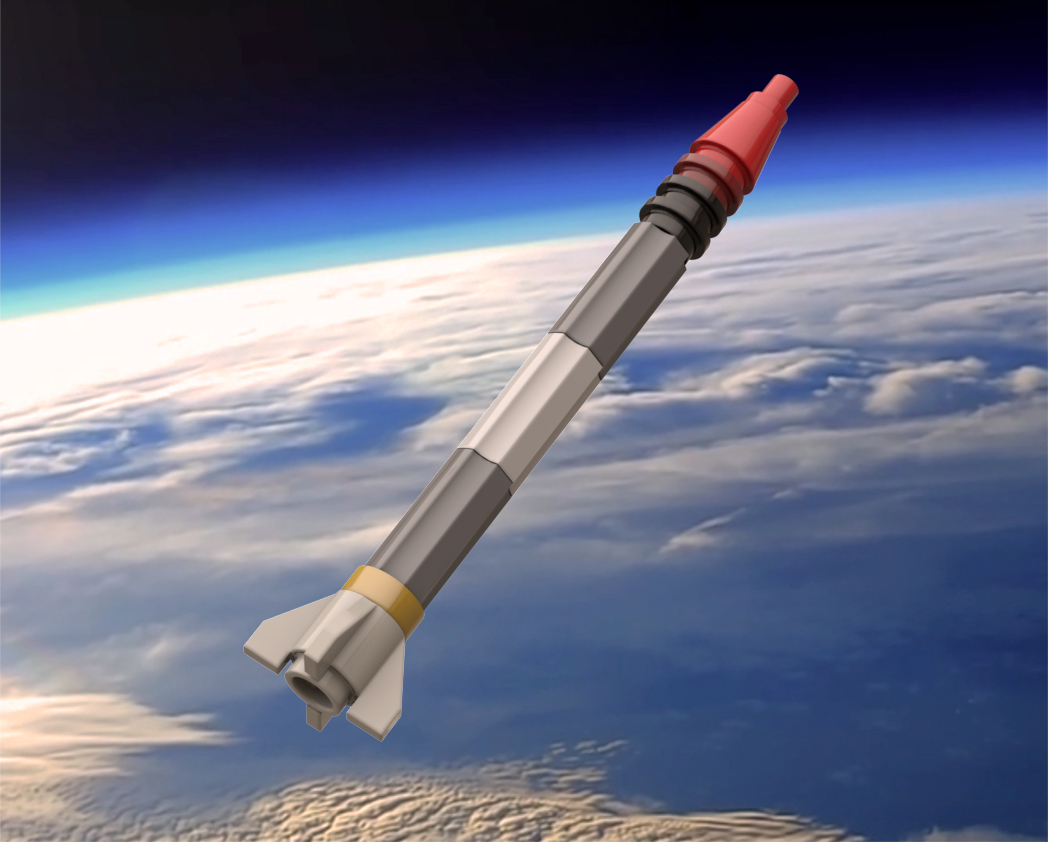
Dan Fallon (phreaddee)
March 2023
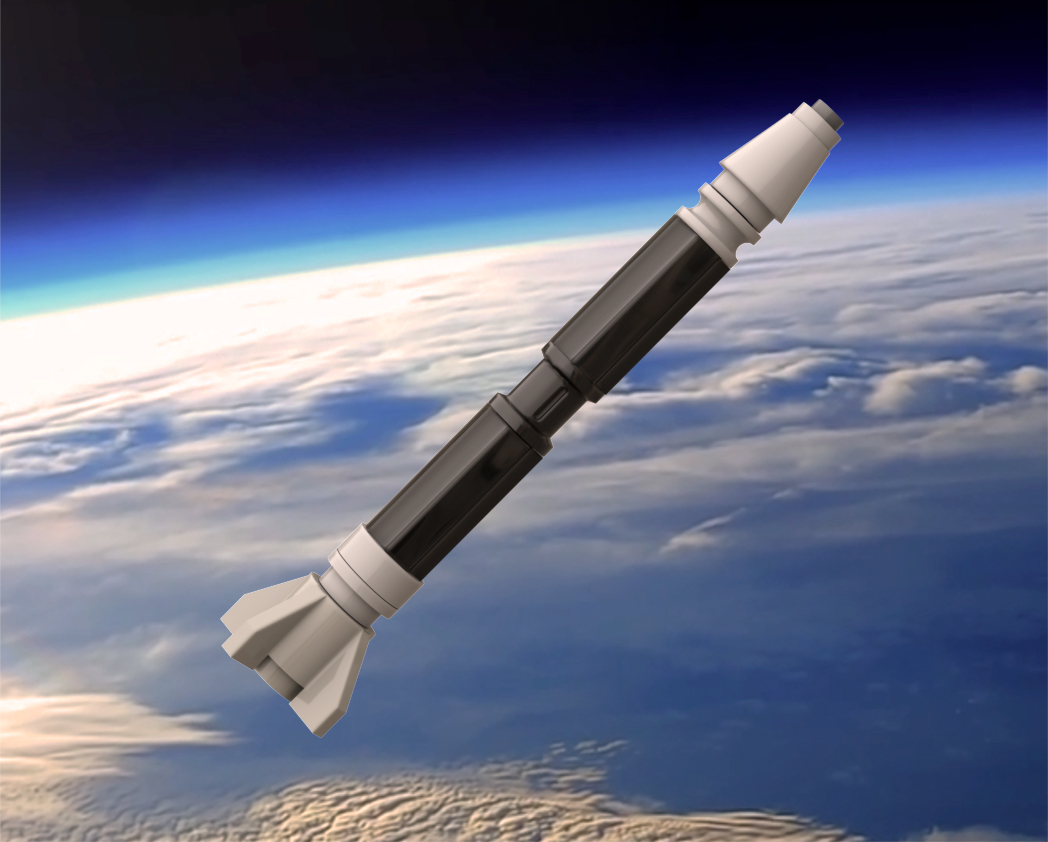
Dan Fallon (phreaddee)
March 2023
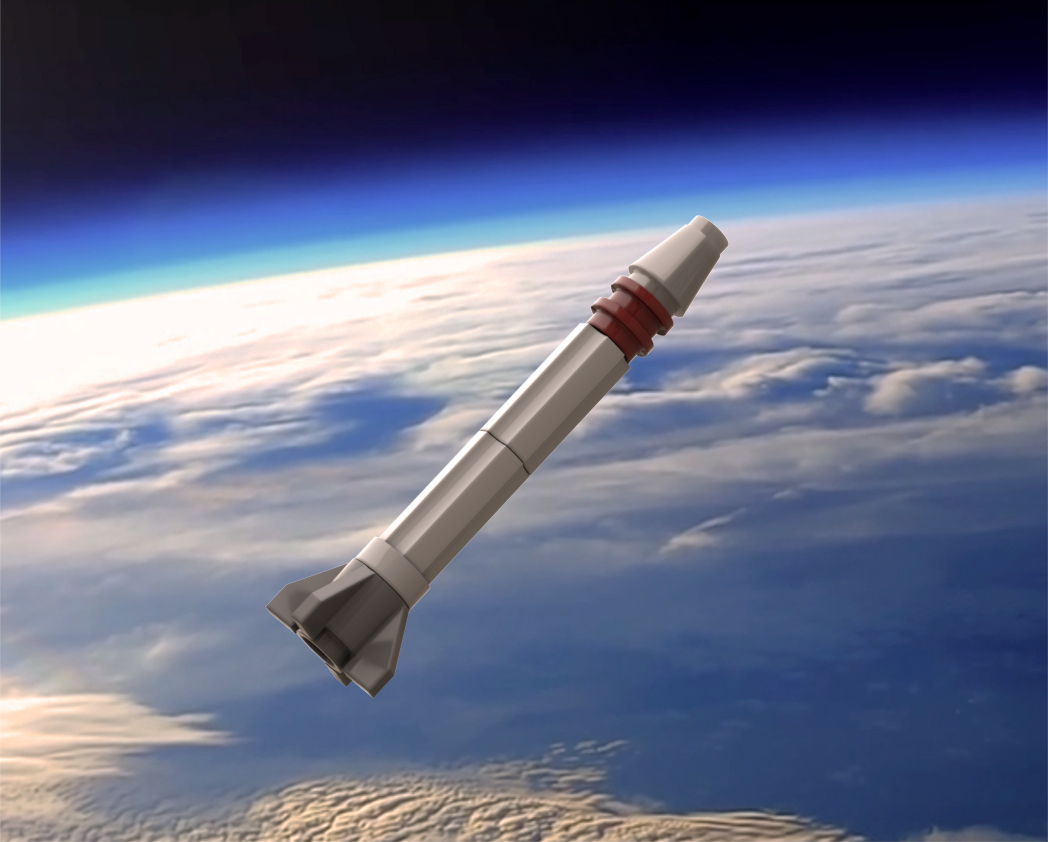
Dan Fallon (phreaddee)
March 2023

Dan Fallon (phreaddee)
March 2023
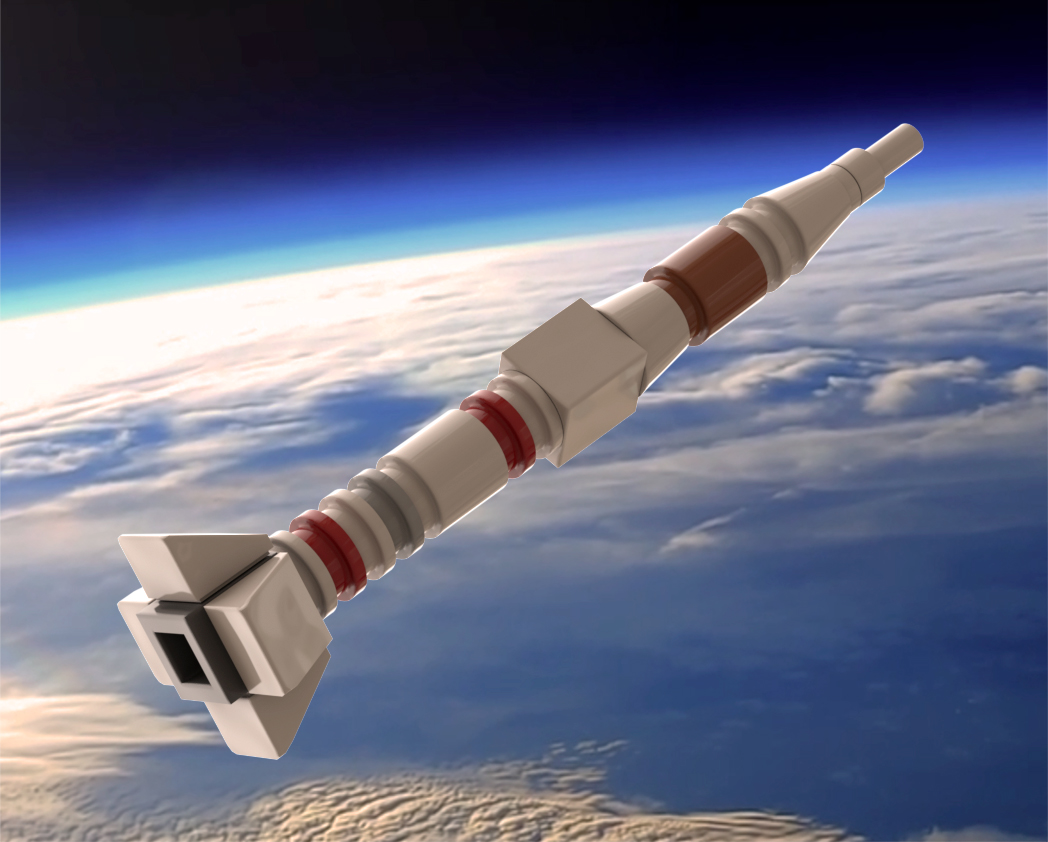
Dan Fallon (phreaddee)
March 2023
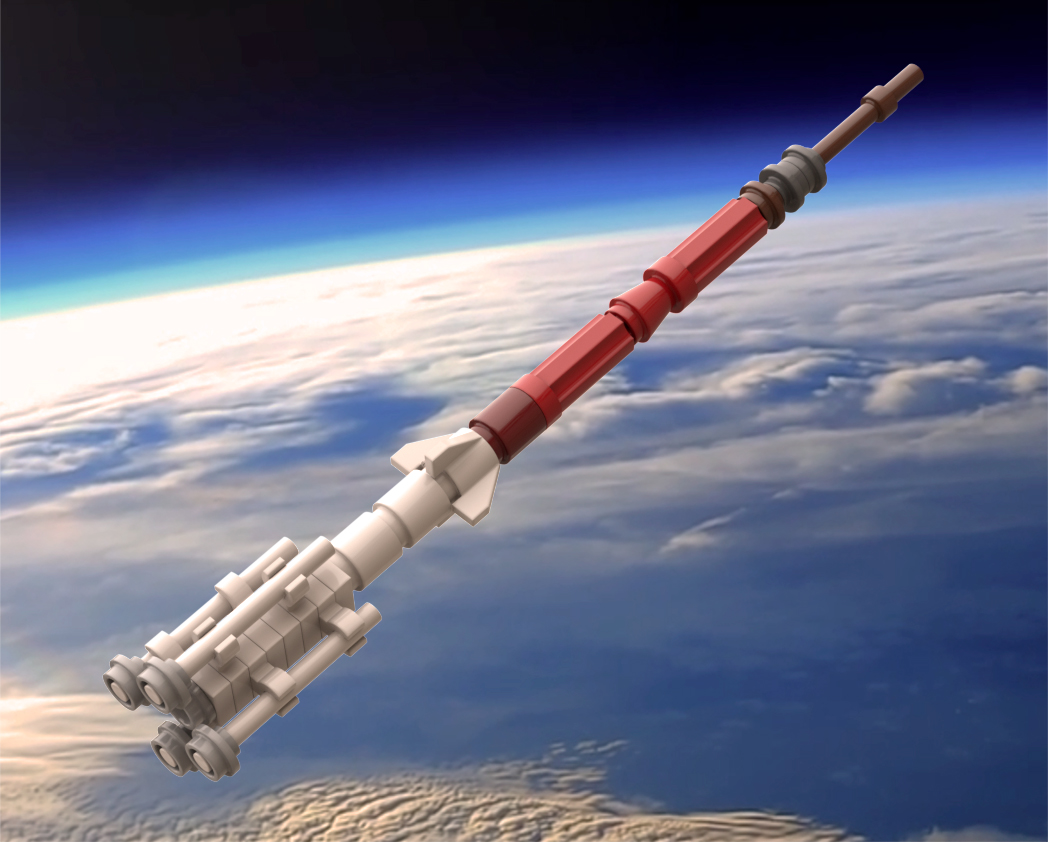
Dan Fallon (phreaddee)
March 2023
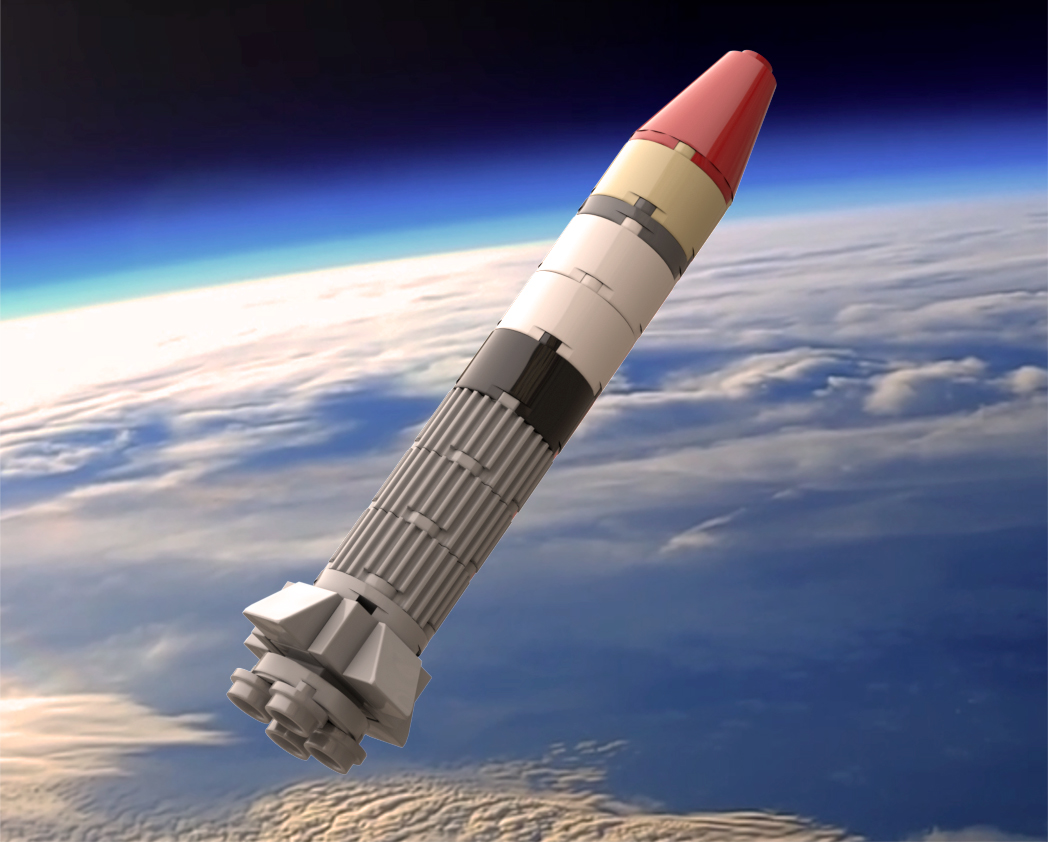
Dan Fallon (phreaddee)
March 2023
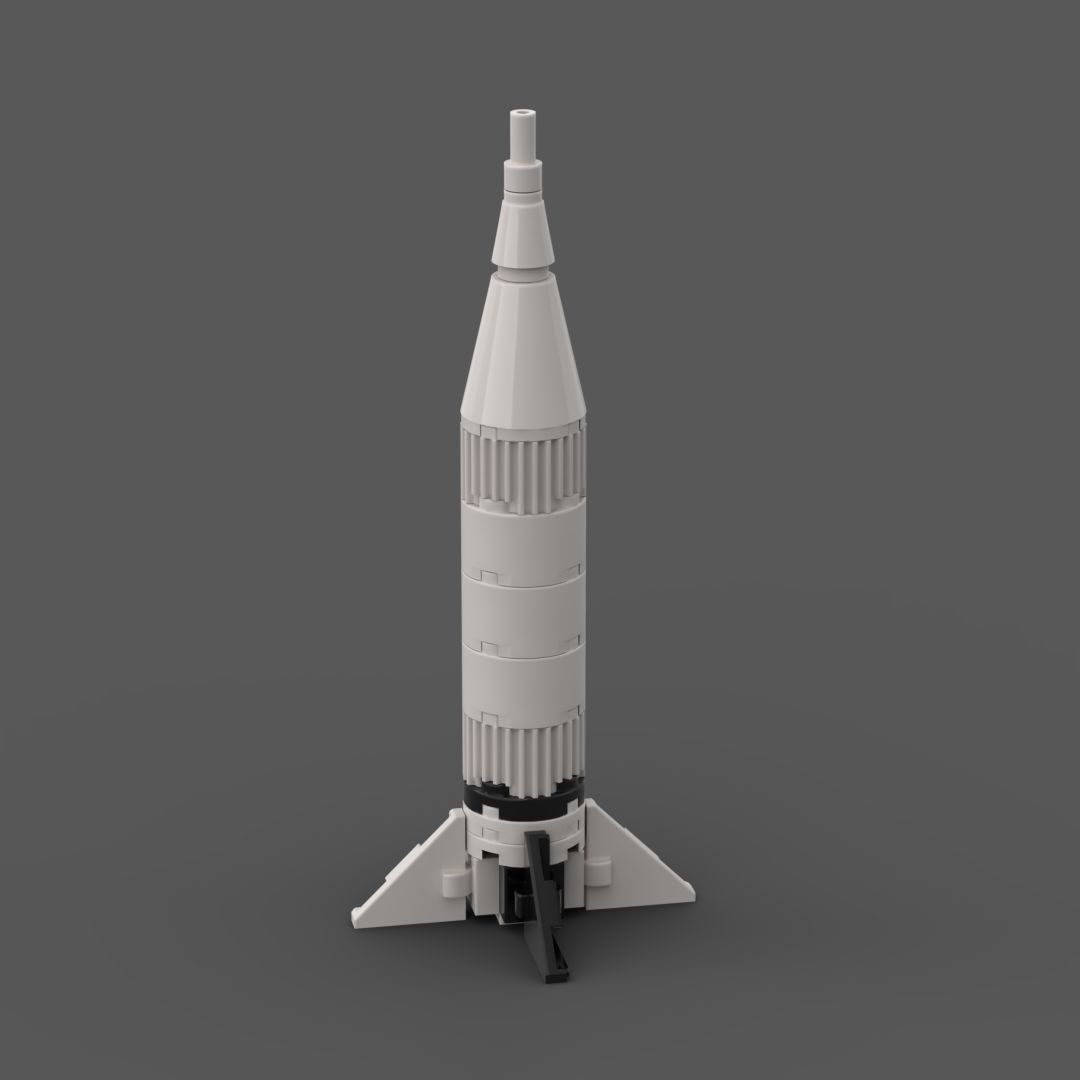
Dan Fallon (phreaddee)
February 2023
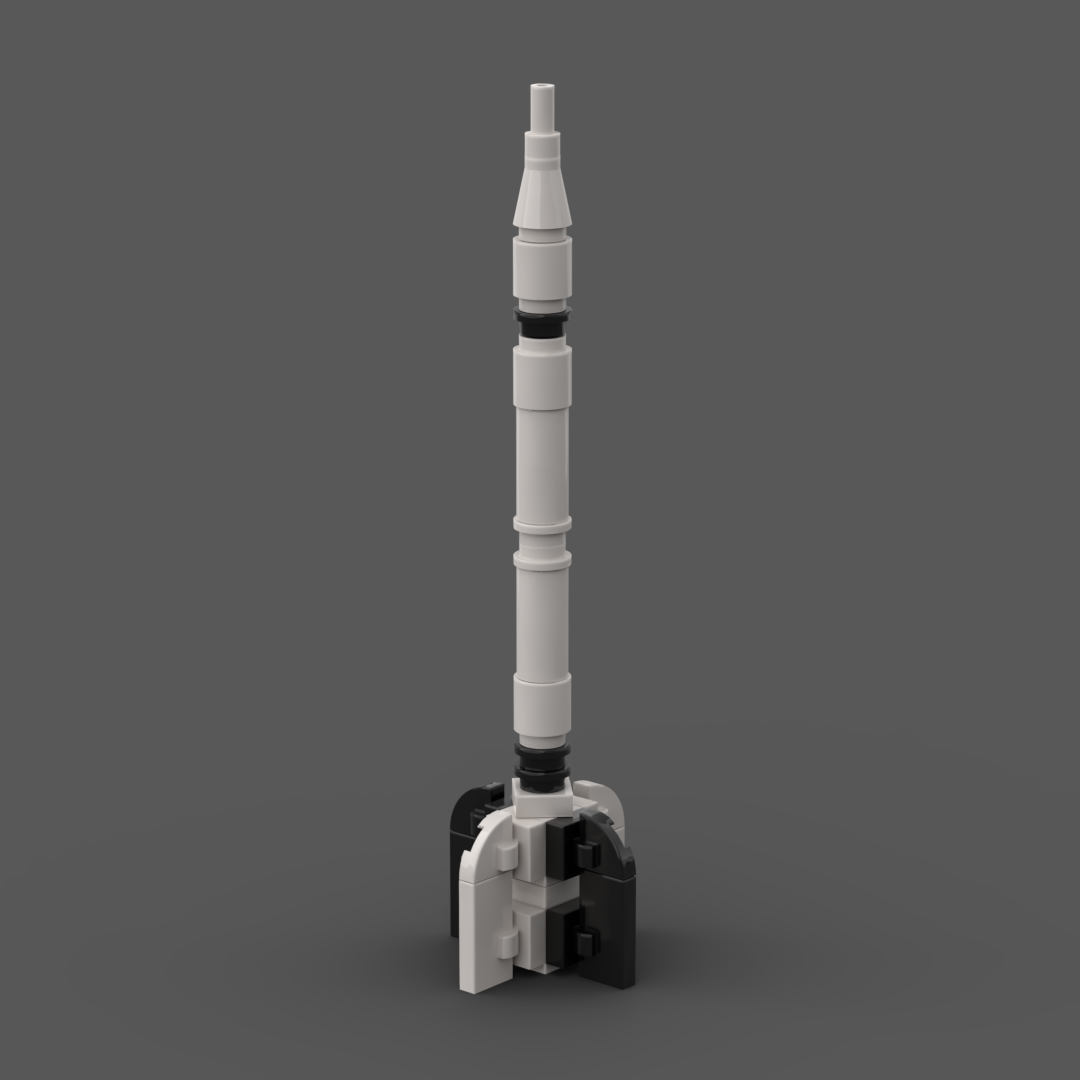
Dan Fallon (phreaddee)
February 2023
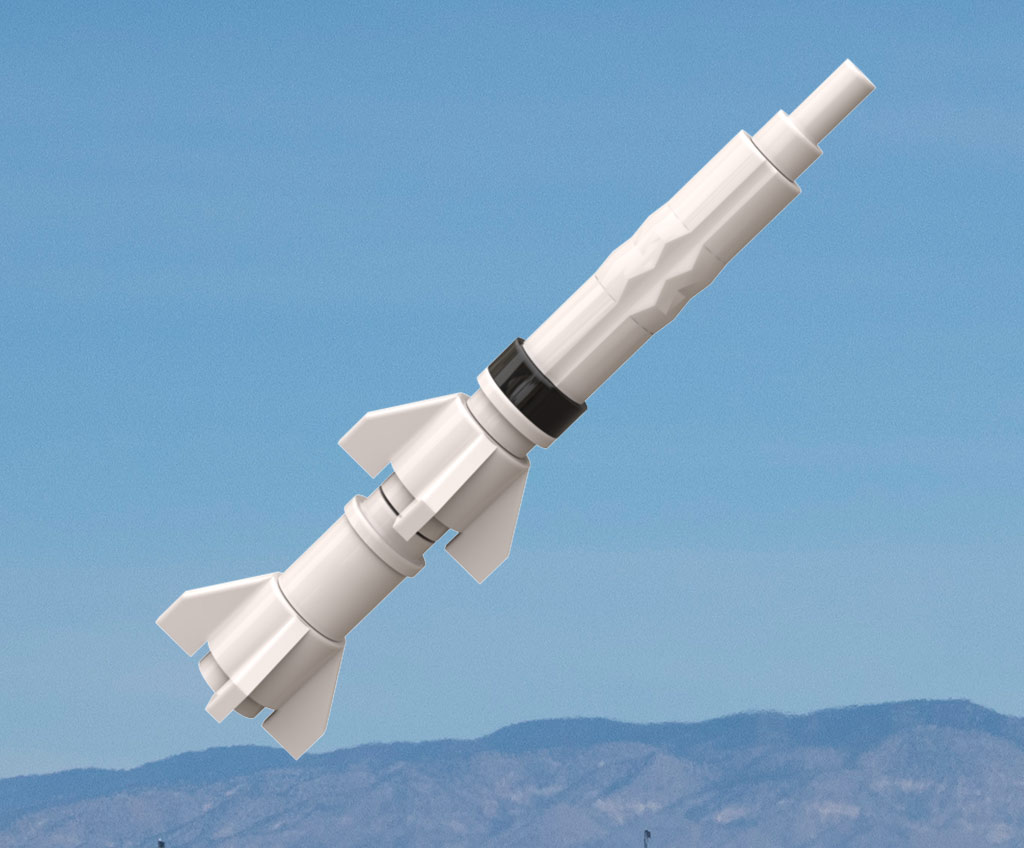
Dan Fallon (phreaddee)
February 2023
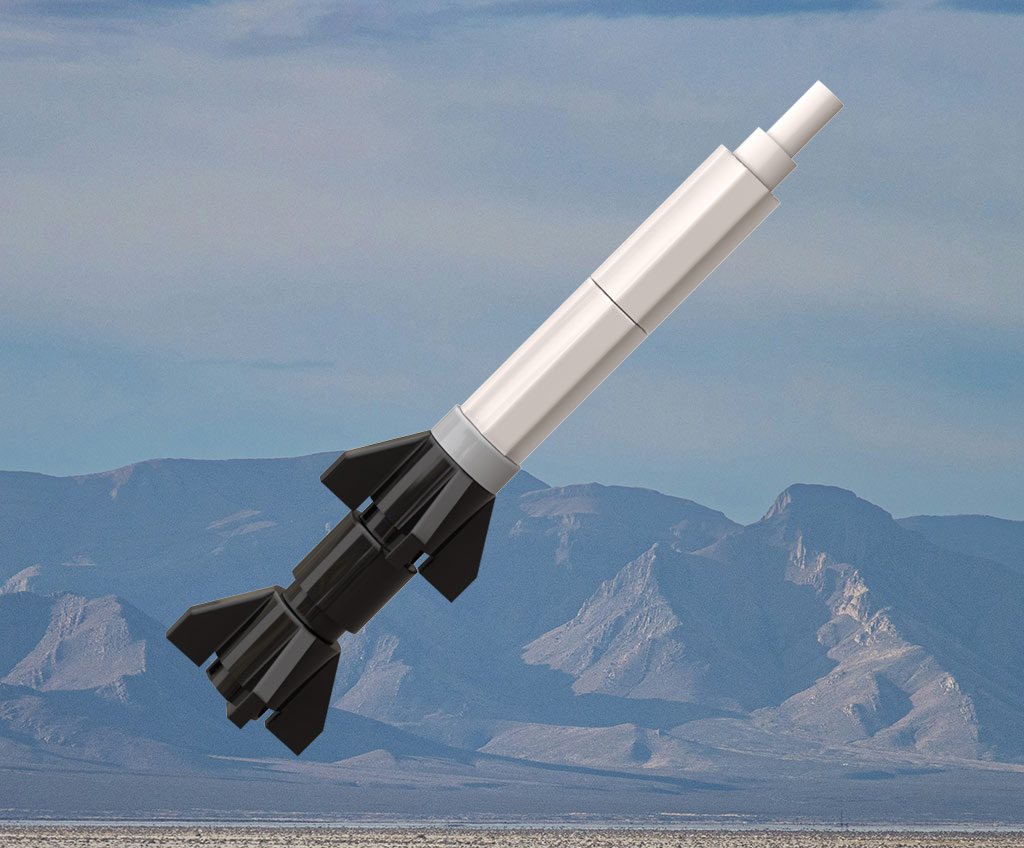
Dan Fallon (phreaddee)
February 2023
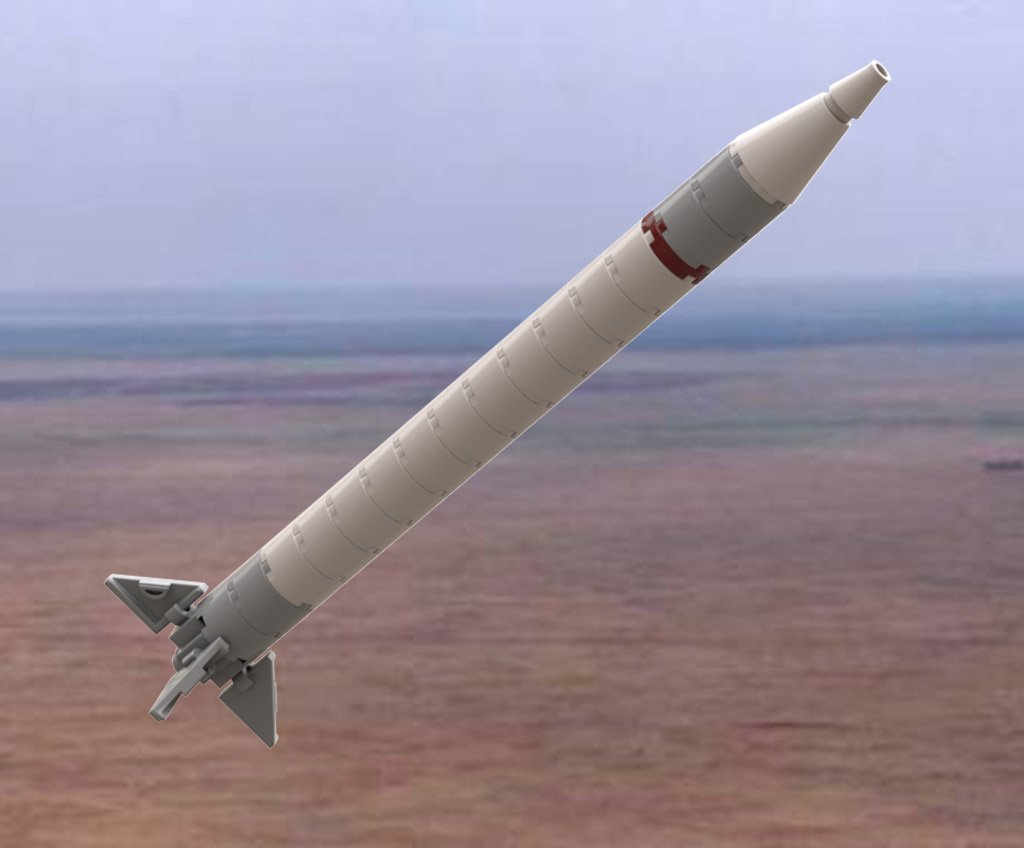
Damian Bailey (DamoB)
November 2021

Damian Bailey (DamoB)
November 2021

Damian Bailey (DamoB)
November 2021
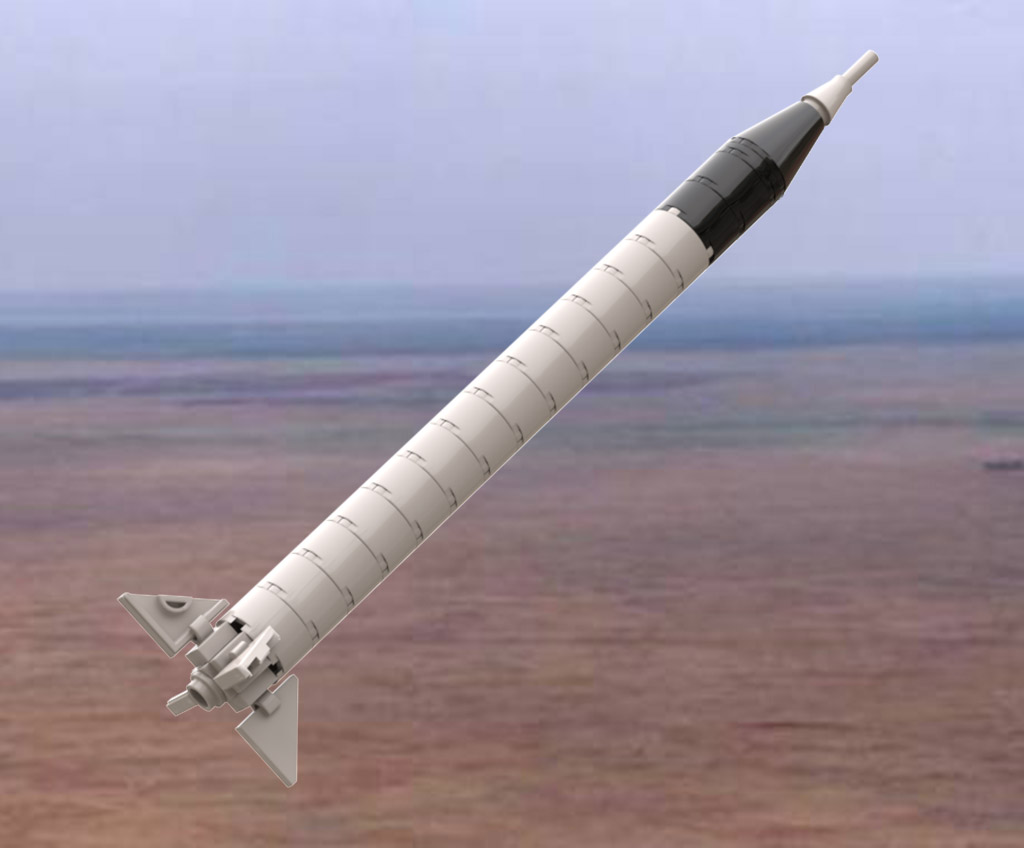
Damian Bailey (DamoB)
November 2021

Damian Bailey (DamoB)
November 2021

Damian Bailey (DamoB)
September 2021
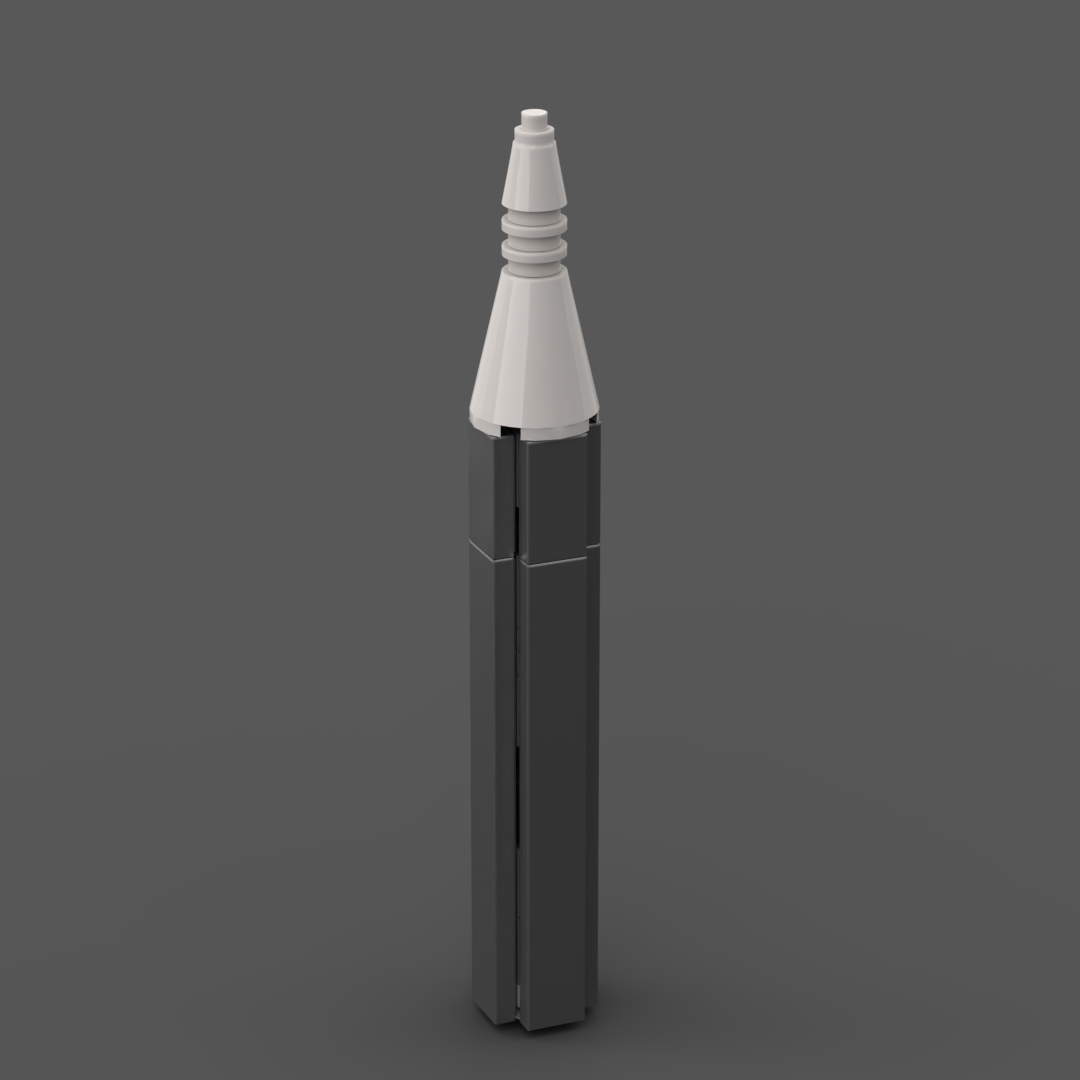
SpaceXplorer
September 2021

Dan Fallon (phreaddee)
June 2021
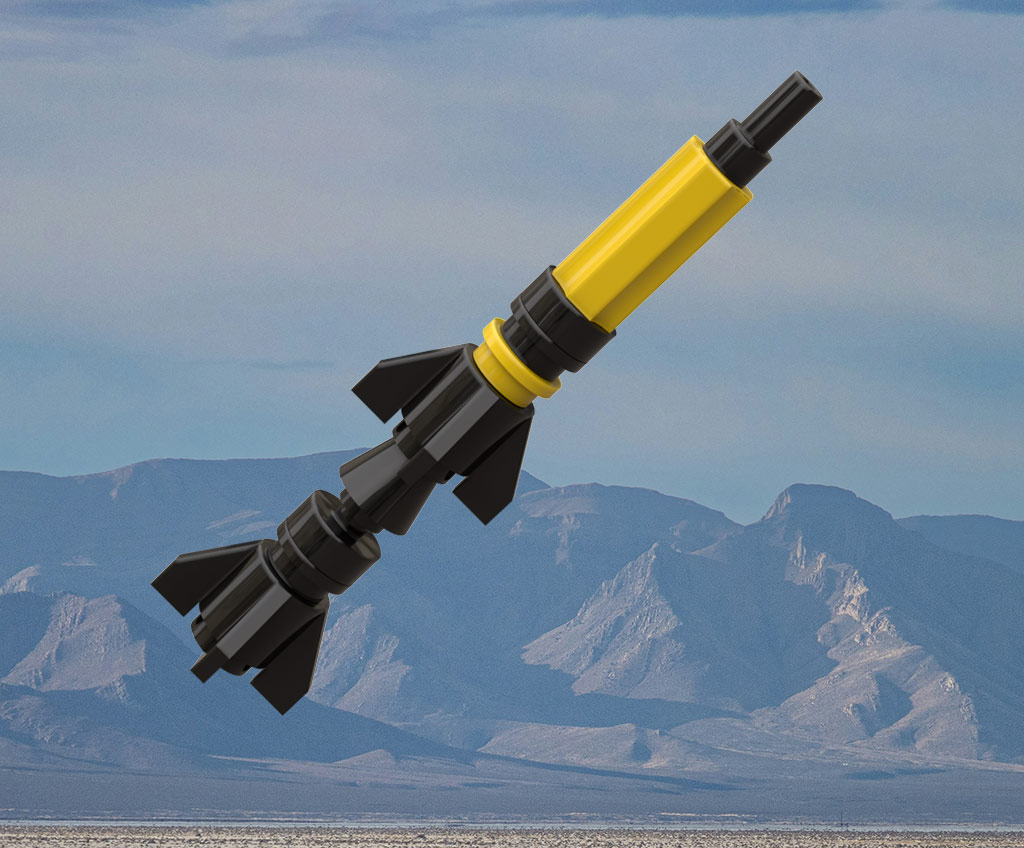
Dan Fallon (phreaddee)
February 2021
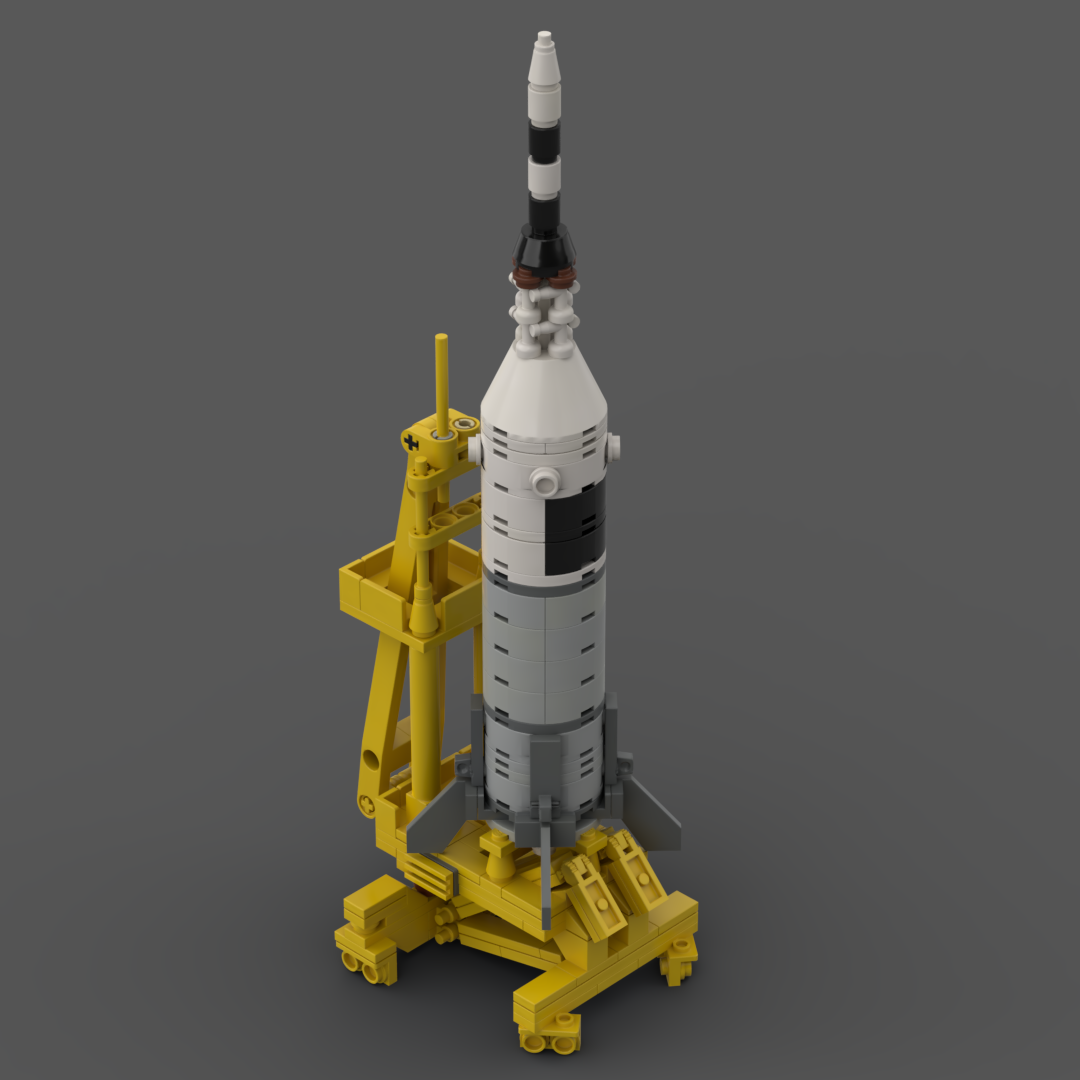
Adam Wilde (Apollo 110)
October 2020
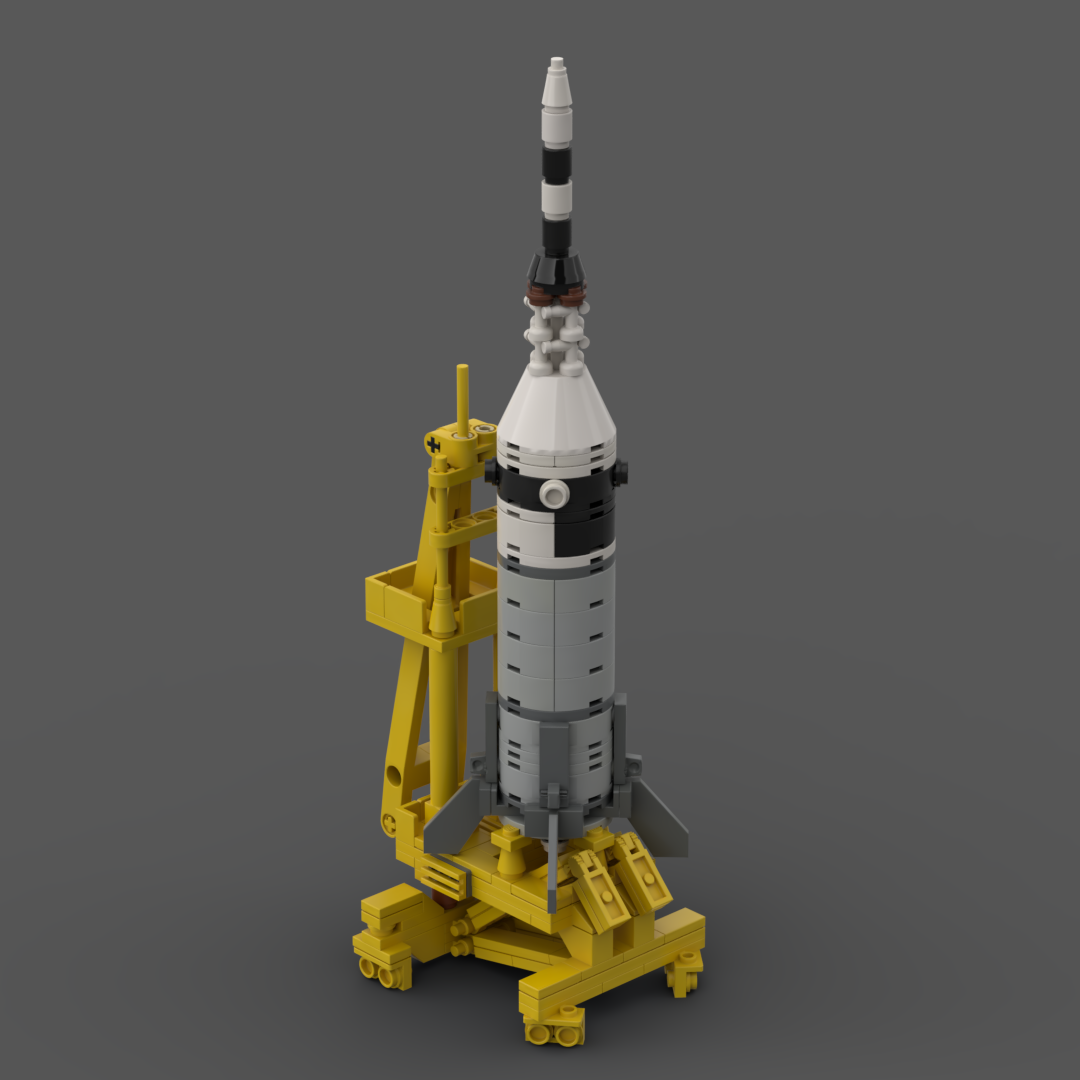
Adam Wilde (Apollo 110)
October 2020
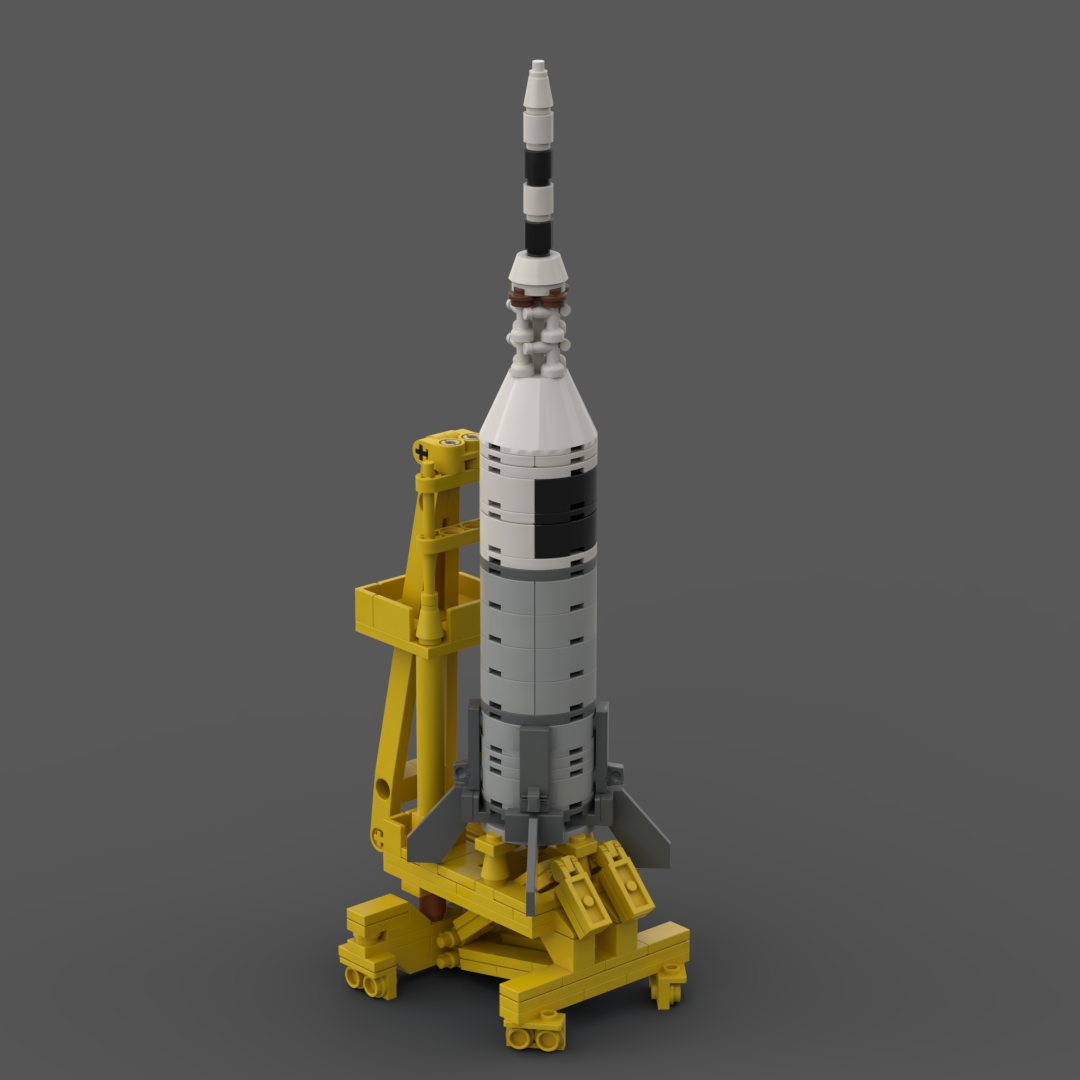
Adam Wilde (Apollo 110)
October 2020
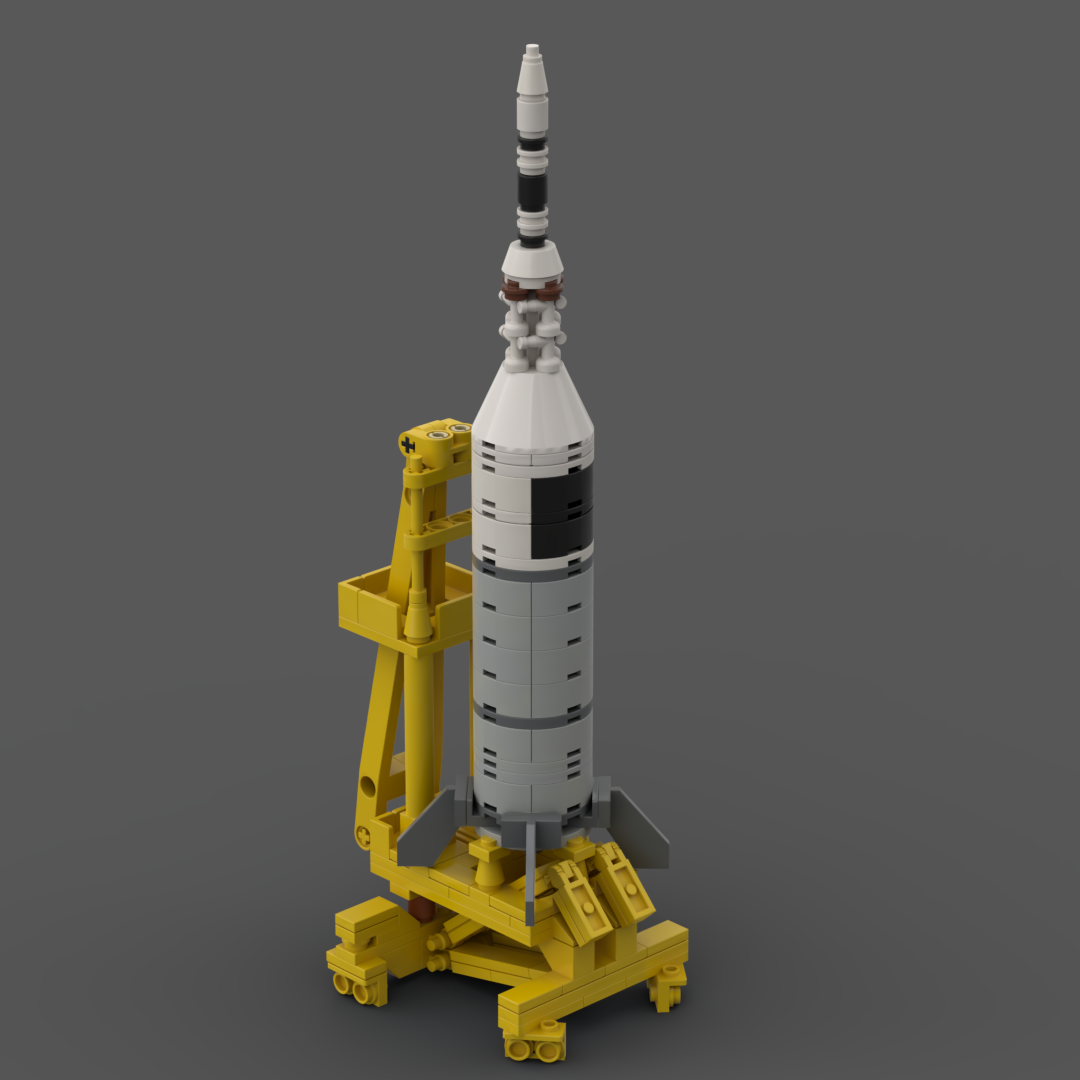
Adam Wilde (Apollo 110)
October 2020
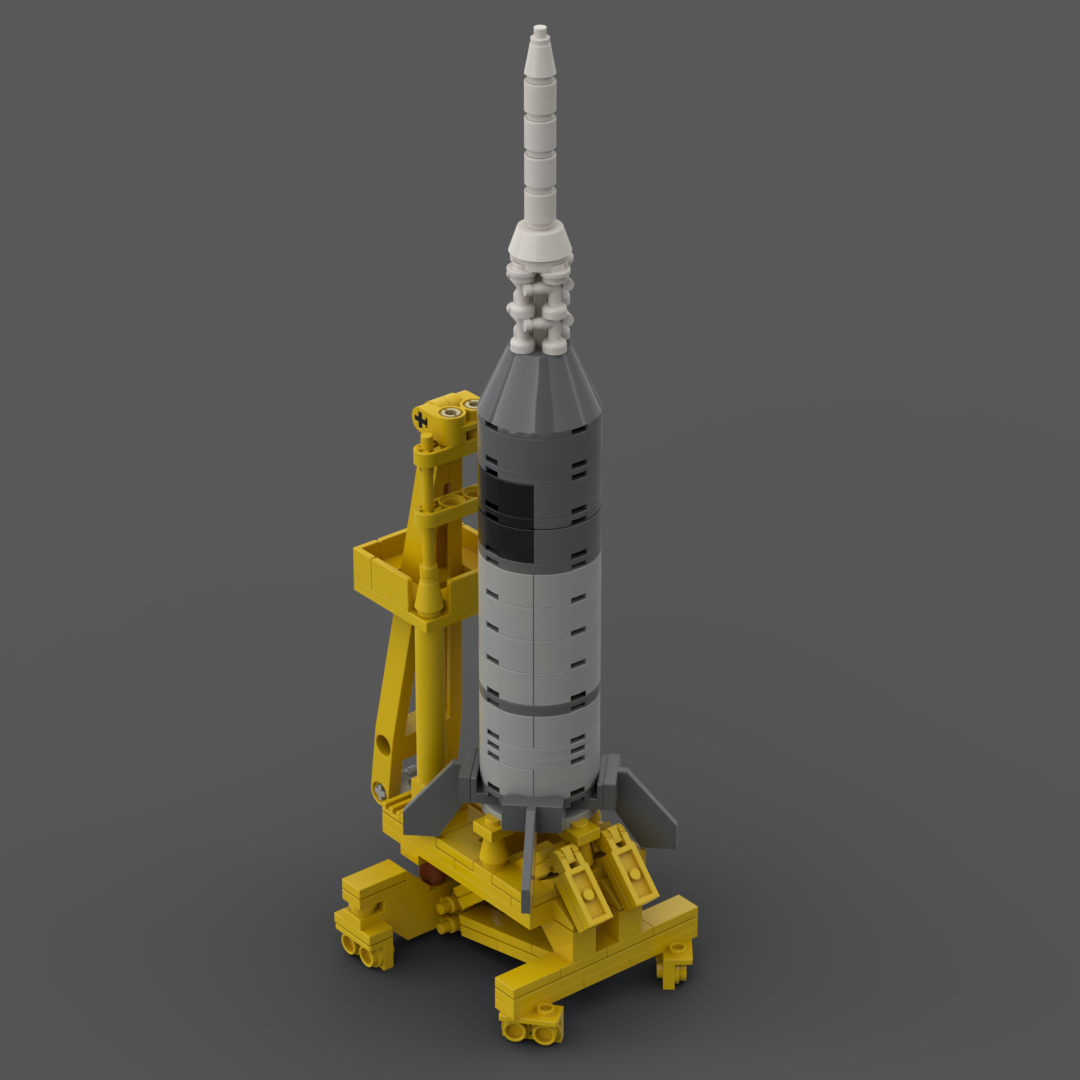
Adam Wilde (Apollo 110)
October 2020

Dan Fallon (phreaddee)
October 2020
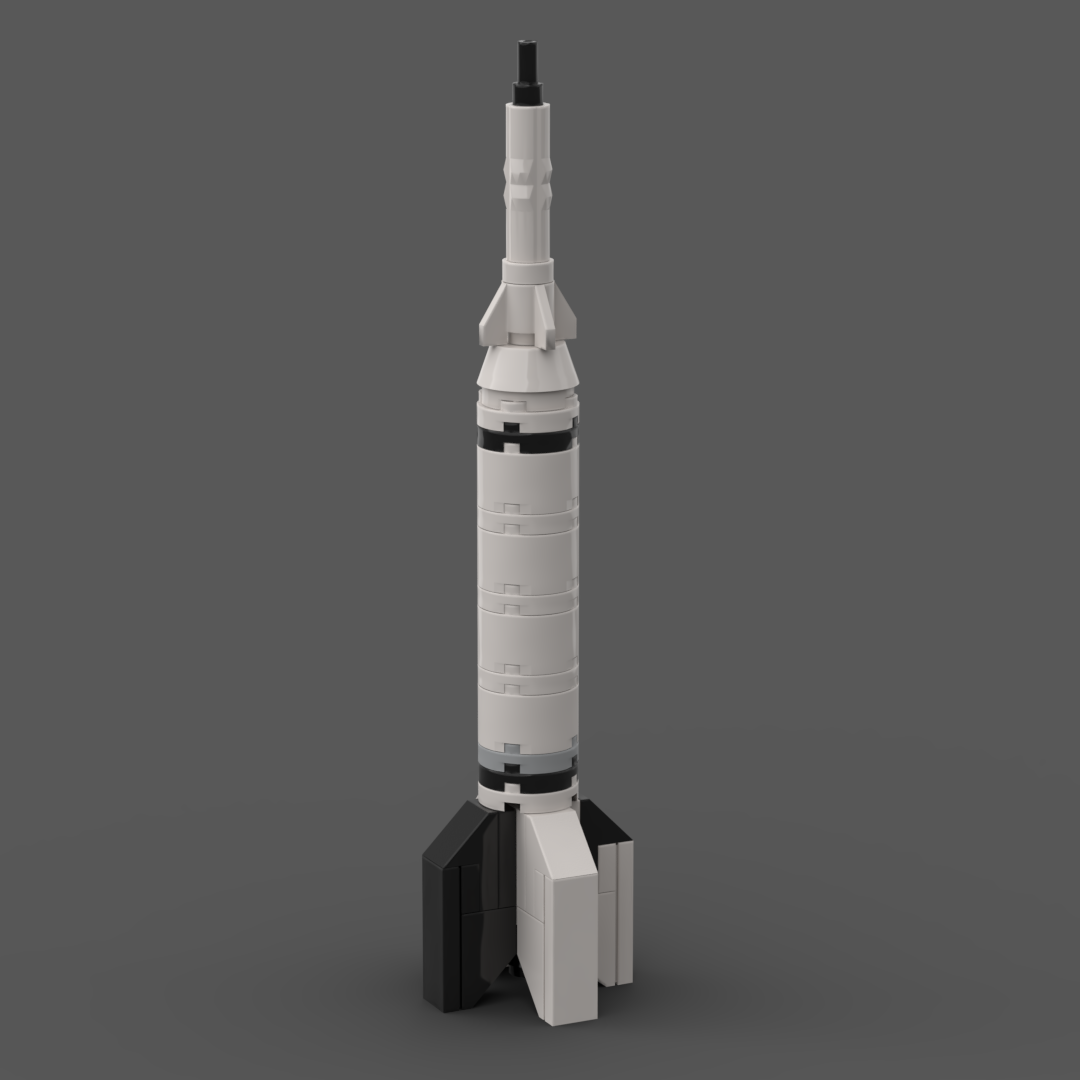
Dan Fallon (phreaddee)
July 2020

Mark Balderrama
Martin Sira (Kaero)
Wolf Broszies
December 2019

Grant Passmore (Eiffelman)
December 2018
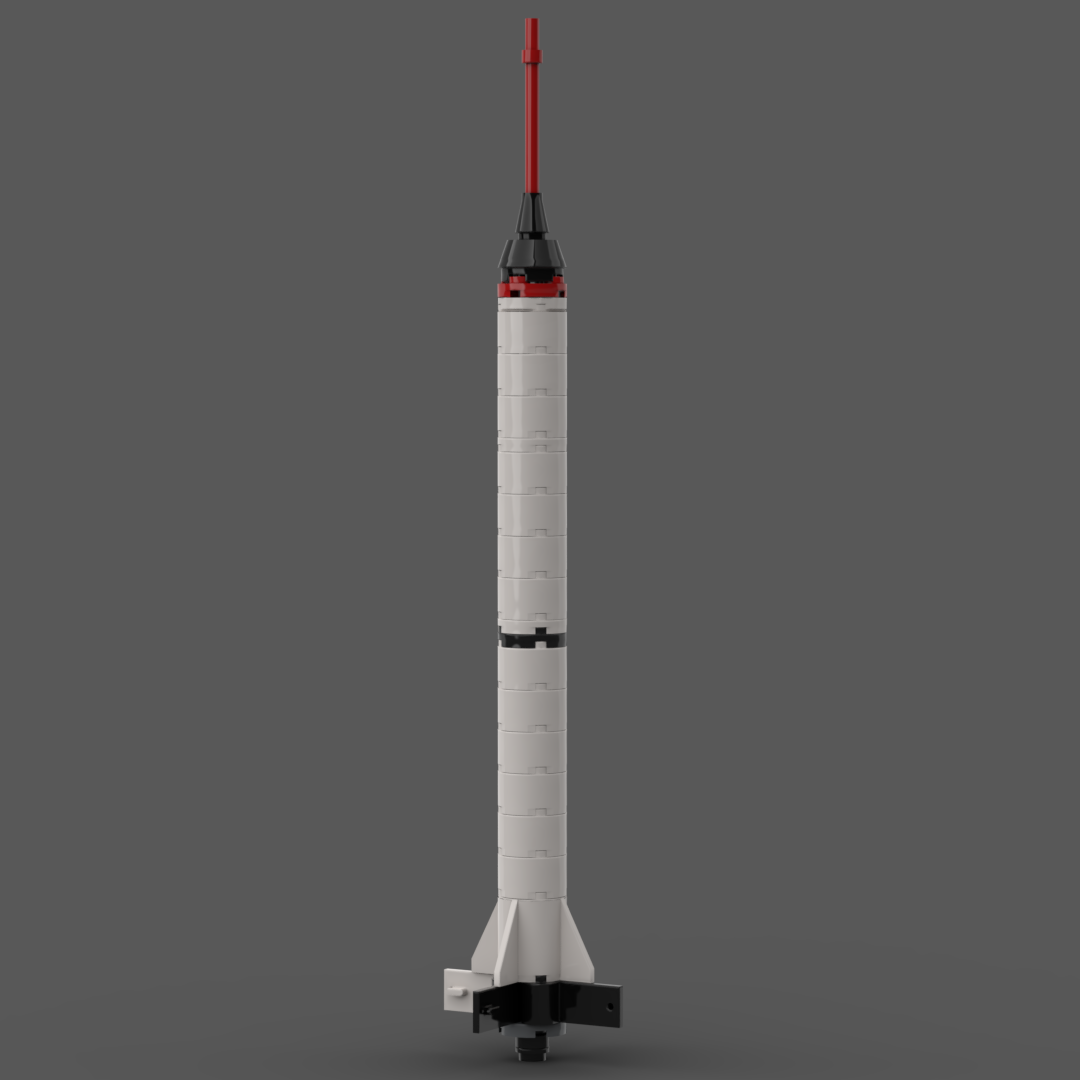
Grant Passmore (Eiffelman)
June 2017
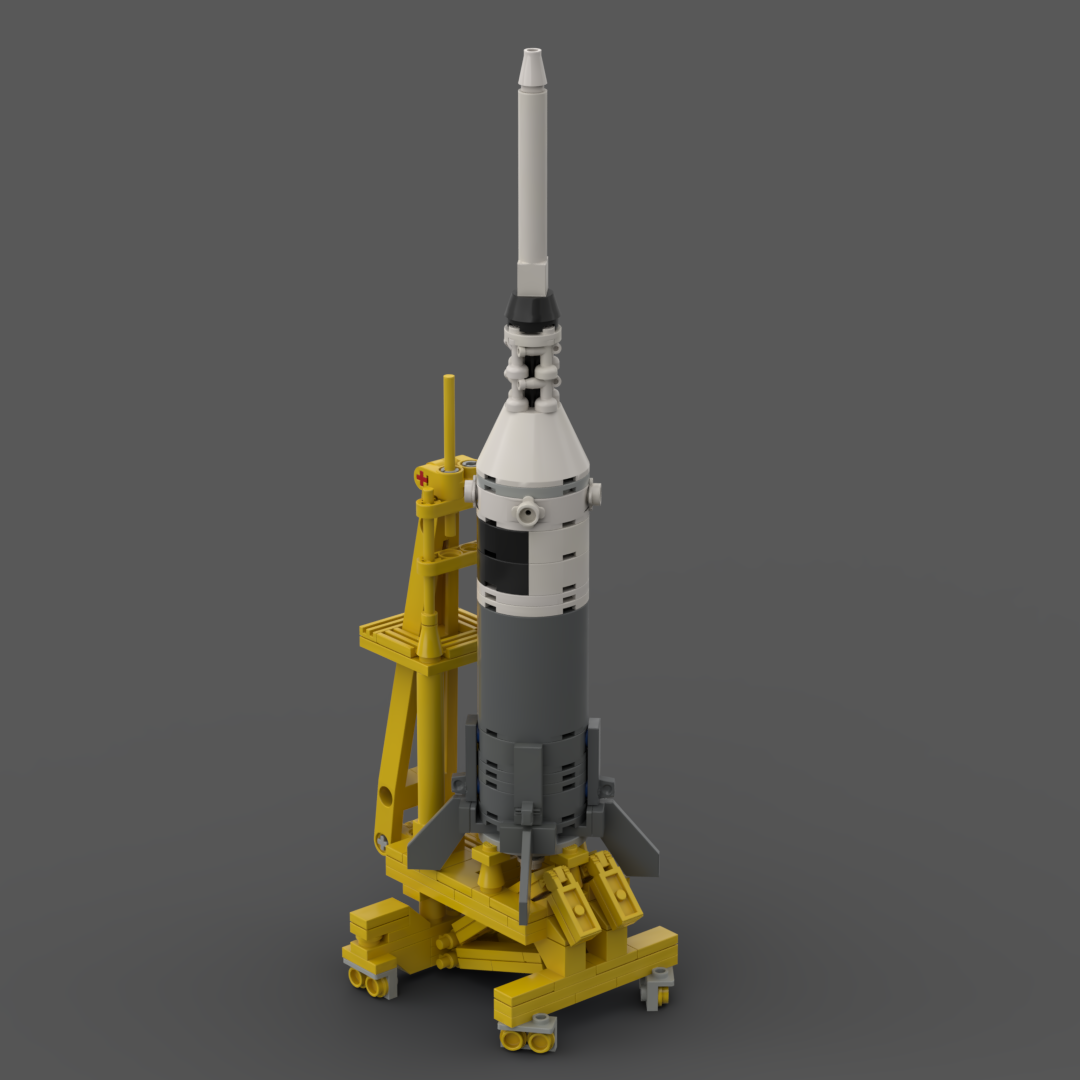
Grant Passmore (Eiffelman)
June 2017